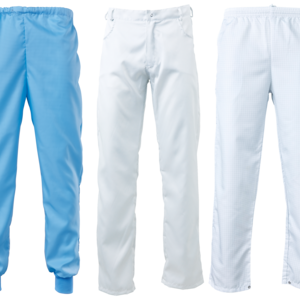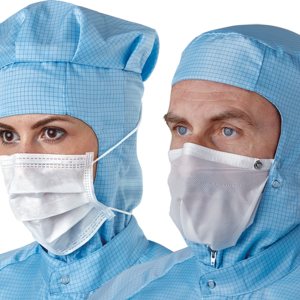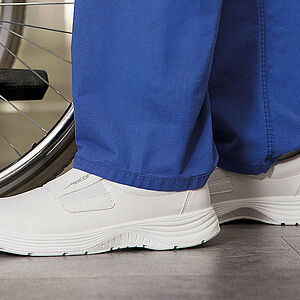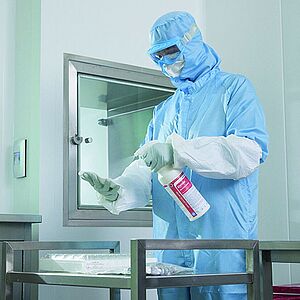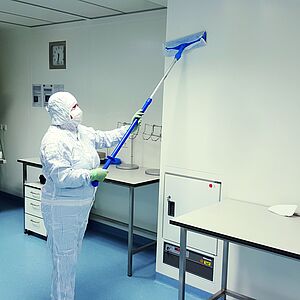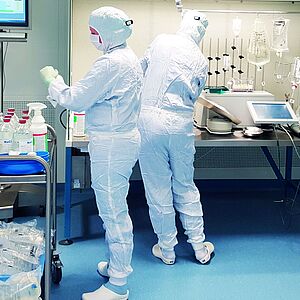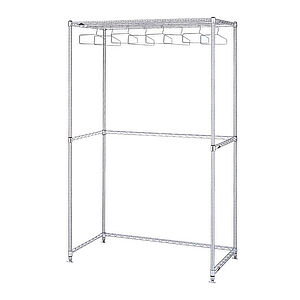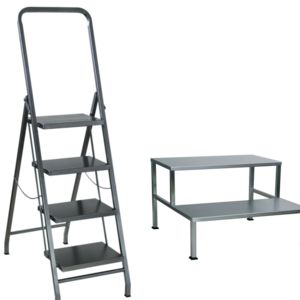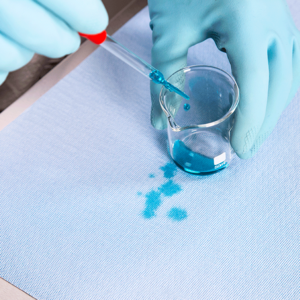It is not easy to find the right wipe for a specific application. The material alone is not the decisive criterion here. Our matrix of all wipe series gives you a better possibility to compare.
A well-tried instruction for fold and wipe technique.pdf
DownloadThe cleanliness of a cleanroom does not only depend on the filter technology used, but is directly related to the production process, the high purity clean media and consumables that are necessary for this purpose, which contribute to extra contamination in addition to the human particle source.
Typical examples of manufacturing processes in a cleanroom are the production of semiconductors, optical components, electronic parts, pharmaceuticals, food and many other applications in the automotive, aerospace, microelectronics and other industries. Consequently, filter technology is no guarantee that all these particles are safely filtered out of the cleanroom process environment by 100%.
These suspended air particles remaining in the cleanroom deposit over time on the various surfaces in the clean environment, such as ceilings, walls, floors, furniture, machines, etc., thus representing an increased contamination risk for the respective production process.
Often it is only possible to remove most of the impurities that are firmly adhered to surfaces due to the increased adhesive forces (keyword "van der Waals forces") by wiping.
The same applies, of course, to filmic contaminations, which may contain grease or oil, and chemical contaminations, such as biocide residues.
It is precisely at these critical spots that the use of the right wipe, especially its physical properties, determines the cleaning success.
For cost reasons, the time needed for this should not be neglected. The cleaning efficiency – i.e. the time required for a required cleaning success – is a significant factor in the overall cost consideration.
In this respect, it seems logical that the requirements for a cleanroom wipe are much higher than those for a conventional wipe.
Thus, the main distinguishing features are not only in the material, but also in the fact that
- cleanroom wipes are manufactured under cleanroom conditions
- cleanroom wipes are additionally treated after the manufacturing process, if necessary by special decontamination procedures in cleanroom laundries
- cleanroom wipes for applications in sterile areas are – if required – sterilised.
The first observation applies to the different materials used to manufacture cleanroom wipes.
The paradox is that, depending on the choice of material, the surface to be cleaned and the impurities to be removed, we run the risk of creating again contamination during the cleaning process, which we actually try to avoid.
The following questions are of decisive importance for the right choice of cleanroom wipes:
- What are the cleanliness requirements of the respective manufacturing process (production in the application area)?
- Is it a wet or dry cleaning process?
- Which disinfectant or cleaning agent is used?
- Is a certain chemical resistance required?
- Which chemicals?
- Sterile or non-sterile environment?
- What are the characteristics of the surfaces to be cleaned?
The following materials are typically used in cleanrooms:
- polyester-cellulose mixture
- polyester
- polypropylene, polyamide, polyurethane foam
Possible special features:
- microfibre wipes
- saturated wipes (based on different materials)
The following materials are also used in special areas:
- cotton/rayon
- cellulose
With our standard delivery program we cover most applications in the area of cleanroom wipes. For special cases, we also work together with well-known international wipe manufacturers, allowing to develop individual customer-specific solutions. All products from their product ranges can be obtained from us. Some special wipes from FG Clean Wipes, Contec, Kimberly-Clark and others are also presented in detail.
In order to decide which cleaning wipe best meets your requirements, it is advisable to study the technical available data and to carry out a practical test at the workplace, respective or on the object.
We will be happy to advise you on the selection and will also provide you with samples for testing purposes!
Further independent tests on cleanroom wipes
In order to continue to provide our customers with qualified advice in the product area of cleanroom wipes, Dastex has commissioned an extensive study for a larger selection of wipes from the internationally renowned Fraunhofer Institute for Manufacturing Engineering and Automation IPA (Stuttgart). The two main focuses here were:
► the comparability of technical data
From the user's point of view, it is always particularly difficult to compare the technical data of different suppliers and manufacturers, because the parameters shown there usually do not match 1:1. The reason for this are different measuring methods and units of measurement. By means of a comparative study, the differences between different wipes can now actually be presented and proven plausible for the user.
► more practical tests (test methods) Particularly on the sensitive topic of "possible self-particle emission by cleanroom wipes" there was justified criticism of the practical suitability of some measurement methods previously used as a reference. This new survey was intended to remedy this situation and further refine and optimise existing methods. The researches were carried out on the basis of the VDI Guideline 2083, Part 9.2: the knowledge gained from them is in line with this guideline.
The key aspects of the survey were the particle emission of cleanroom wipes in dry condition, the absorption capacity, the resistance to mechanical stress and the cleaning efficiency for defined wipes. Especially for the semiconductor sector, the issue of outgassing behaviour for defined wipes was also tested and analysed.
Further information as well as extracts from the relevant studies are available on request!








